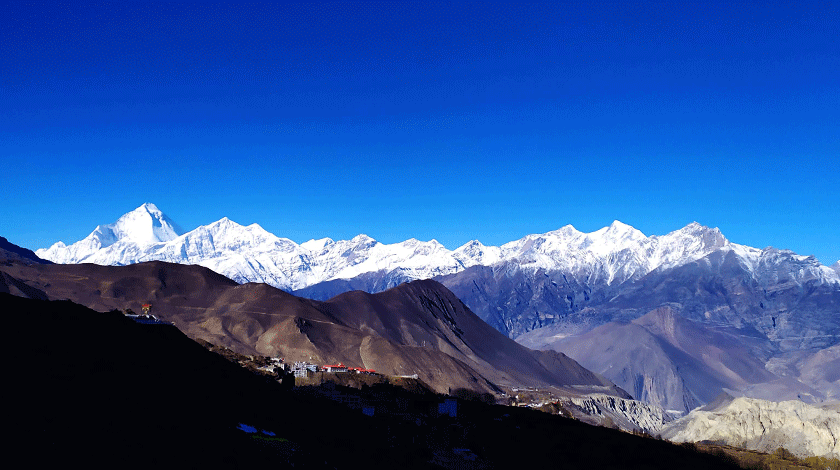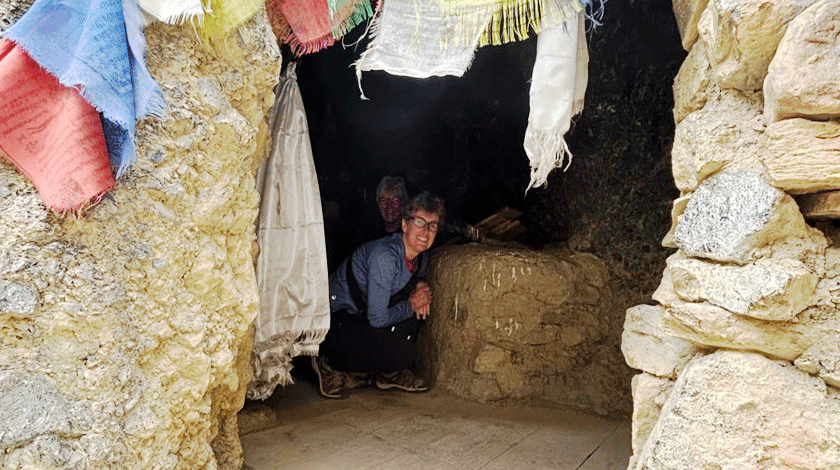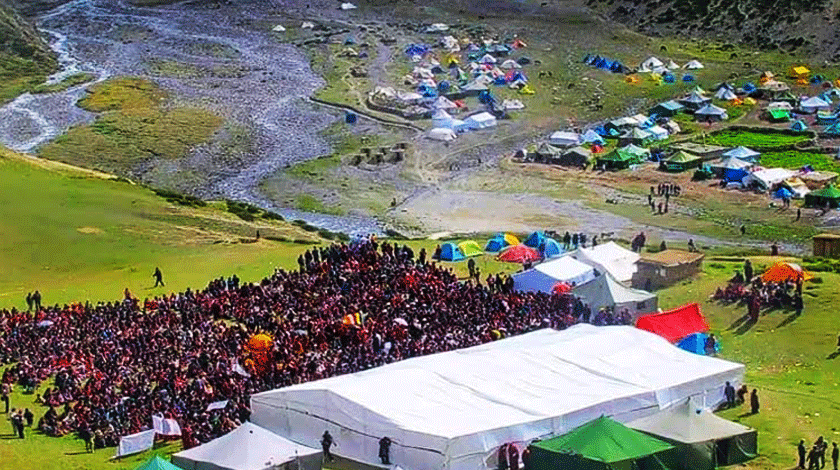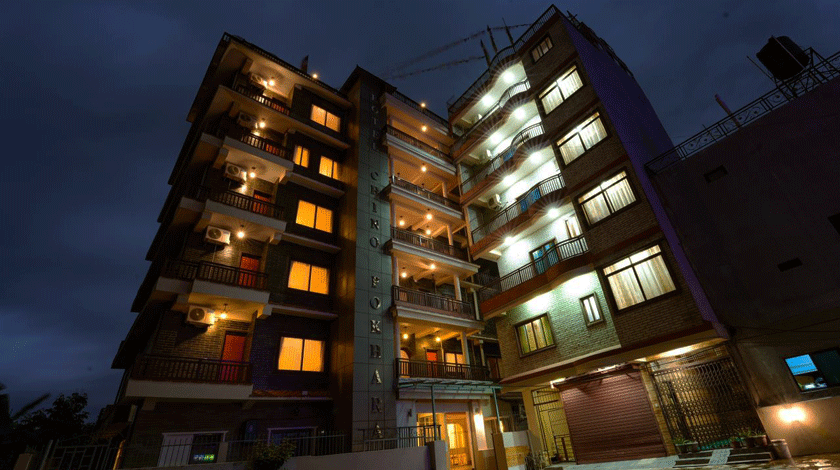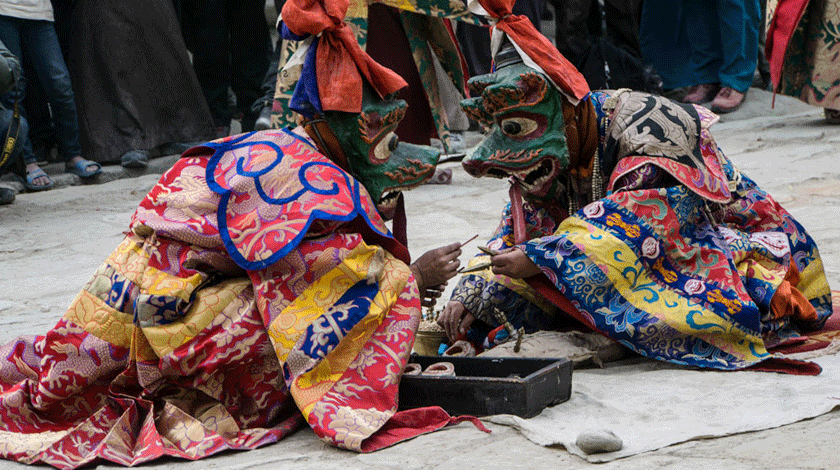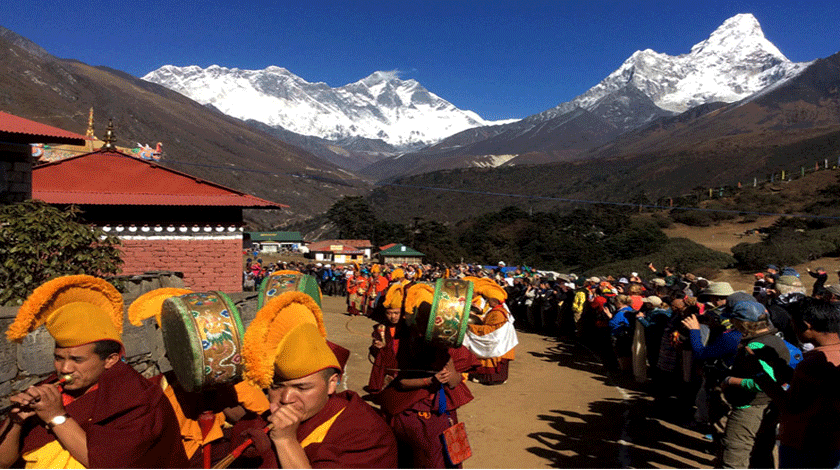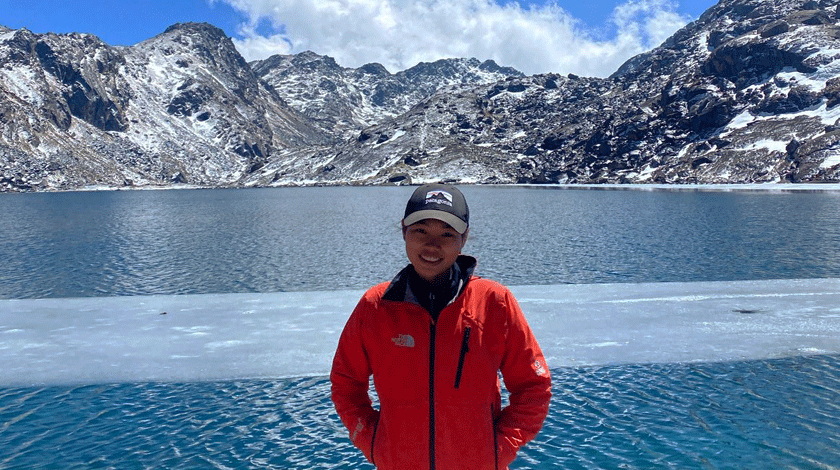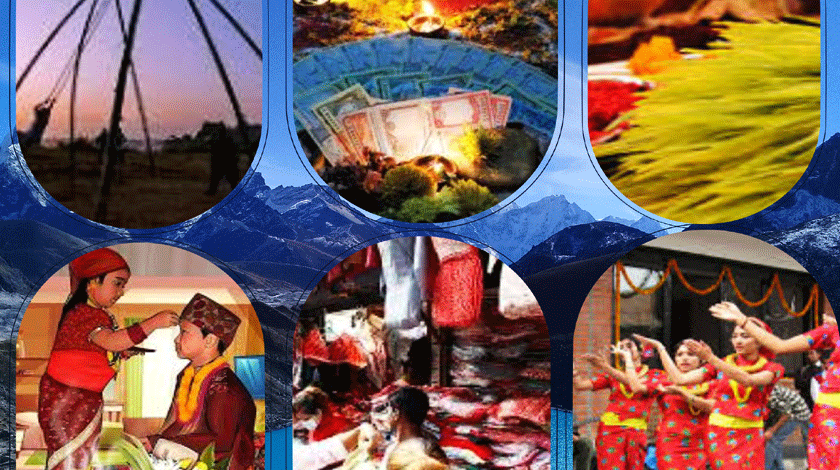Langtang National Park
- Home
- Langtang National Park
Langtang National Park
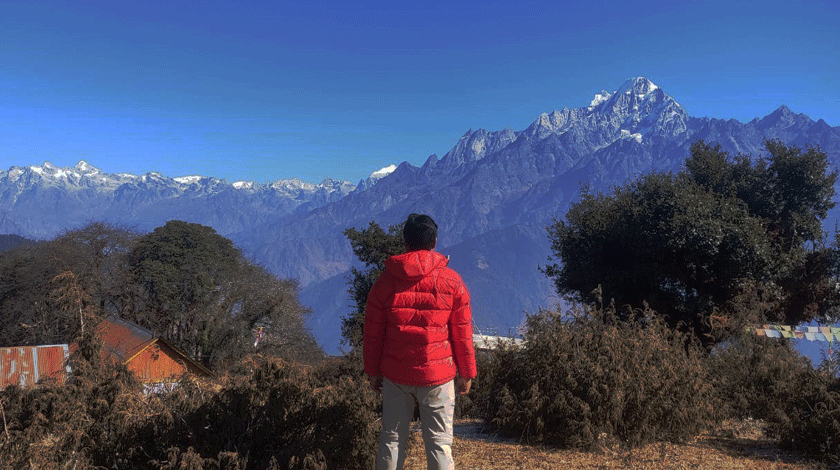
Exploring Langtang National Park: Nepal’s Second National Park
Langtang National Park, Nepal’s Second national park, is a stunning tapestry of natural beauty and cultural richness. Established in 1976, the same year established with Sagarmatha National Park, this remarkable park covers an area of 1,710 square kilometers, nestled in the central Himalayas. The first national park of Nepal is Chitwan National Park, which was established in 1973. Wildlife enthusiasts and nature lovers consider Langtang National Park a must-visit destination because its covers diverse ecosystems, breathtaking landscapes, and unique cultural experiences. This article explores Langtang National Park’s captivating wildlife and trekking routes, providing essential information for those planning a journey to this Himalayan paradise.
A Glimpse into History: Nepal’s Second National Park
Langtang National Park became Nepal’s Second National Park to protect the Langtang region’s rich biodiversity and cultural heritage. Its establishment marked a significant milestone in conserving Nepal’s natural treasures. Over the years, the park has become a vital sanctuary for numerous endangered species and a haven for trekkers seeking an authentic Himalayan experience.
Geography and Climate of Langtang National Park
Langtang National Park boasts captivating geographical diversity. The park stretches from the subtropical lowlands at 1,000 meters to the alpine peaks soaring above 7,000 meters. This wide range of altitudes creates various climatic zones, from temperate to alpine, offering a unique opportunity to experience diverse ecosystems in one journey.
The park features deep gorges, lush valleys, dense forests, and towering peaks, including Langtang Lirung (7,227 meters), the highest point in the park. Its landscape provides breathtaking vistas and excellent opportunities for capturing the natural beauty of the Himalayas.
Trekking in Langtang National Park
Langtang National Park offers a variety of trekking routes that cater to different levels of trekkers. Each trek presents a unique opportunity to explore the park’s natural beauty, encounter diverse wildlife, and immerse oneself in the rich Tamang cultural tapestry of the region.
Langtang Valley Trek
The Langtang Valley Trek is one of the most popular routes in the park. It takes trekkers through picturesque villages, lush forests, and alpine meadows, culminating in the breathtaking Langtang Valley Trek. Along the way, trekkers can enjoy stunning views of snow-capped peaks, including Langtang Lirung, and experience the warm hospitality of the local Tamang people.
Gosaikunda Trek
The Gosaikunda Trek is a spiritual journey to the sacred lakes of Gosaikunda, revered by both Hindus and Buddhists. The Gosaikunda trek blends natural beauty with cultural exploration as trekkers pass through charming villages and dense rhododendron forests before reaching the serene lakes. The panoramic views of the Himalayas from the lakes are truly awe-inspiring.
Helambu Trek
The Helambu Trek stands out for its cultural richness and scenic beauty. It guides trekkers through traditional Tamang and Sherpa villages, offering insights into local life. The Helambu trek is relatively easy, making it ideal for novice trekkers and those seeking a shorter journey through the park’s enchanting landscapes.
Tamang Heritage Trail
The Tamang Heritage Trail is a cultural trek that provides a deeper understanding of the Tamang community’s traditions and lifestyle. Trekkers can visit traditional villages, interact with locals, and experience traditional dances and music. The trail also offers stunning views of the Langtang range and an opportunity to explore lesser-known areas of the park.
Wildlife in Langtang National Park
Langtang National Park is home to a rich array of wildlife, making it a paradise for wildlife enthusiasts. The park’s diverse ecosystems support numerous species of mammals, birds, and plants. Some of the notable animals found in the park include:
Red Panda: The elusive red panda is one of the park’s most iconic species. You often spot these arboreal mammals in the park’s bamboo forests.
Snow Leopard: The snow leopard, a symbol of the Himalayas, roams the higher altitudes of the national park. Although elusive, spotting a snow leopard is a thrilling experience for wildlife enthusiasts.
Himalayan Tahr: This wild goat commonly grazes on the park’s rugged slopes. It is well adapted to the harsh alpine environment.
Langur Monkey: Playful langur monkeys frequently appear in the park’s forests, delighting visitors with their acrobatics.
Himalayan Black Bear: The park is home to the Himalayan black bear, which inhabits the dense forests. Sightings of these bears are rare but memorable.
Langtang National Park is also a birdwatcher’s paradise, with over 250 species of birds recorded in the park. Some of the notable bird species include the Himalayan monal, blood pheasant, and various species of eagles and vultures.
Cultural Richness of Langtang National Park
The cultural diversity of Langtang National Park is as captivating as its natural beauty. Various ethnic groups, including the Tamang, Sherpa, and Tibetan communities, inhabit the park. These communities have preserved their unique traditions, languages, and lifestyles for generations, offering visitors a chance to experience authentic Himalayan culture.
Local People Living Inside the National Park
The Tamang people, the largest ethnic group in the park, are famous for their warm hospitality and vibrant culture. Visitors can explore traditional Tamang villages, where they can experience local customs, taste traditional dishes, and witness colorful festivals.
The Tibetan influence is also prominent in the park, especially in the northern areas near the Tibetan border. Visitors can explore Tibetan Buddhist monasteries and witness traditional Tibetan rituals and practices.
The Langtang region is a melting pot of cultures, where visitors can immerse themselves in the rich traditions and warm hospitality of the local communities.
Photos and Scenic Beauty
Langtang National Park is a photographer’s paradise, offering endless opportunities to capture the stunning beauty of the Himalayas. From the snow-capped peaks to the lush valleys and vibrant rhododendron forests, every corner of the park is a visual delight. Trekkers can capture breathtaking landscapes, vibrant sunsets, and the unique flora and fauna that call the park home.
How to Reach Langtang National Park
Langtang National Park is easily accessible from Kathmandu, making it a popular destination for both domestic and international travelers. Here’s how to reach the park:
By Road
The journey from Kathmandu to Langtang National Park begins with a drive to Syabrubesi, the gateway to the Langtang region. The drive takes approximately 7-8 hours, offering scenic views of the countryside and the Trishuli River along the way to the National Park. Regular bus and jeep services are available from Kathmandu to Syabrubesi.
By Air
While there is no direct flight to Langtang National Park, trekkers can take a flight from Kathmandu to Lukla and then continue the journey by road to Syabrubesi. This option is ideal for those seeking a more adventurous approach to the park.
Permits and Costs
To enter Langtang National Park, trekkers need to obtain the necessary permits. These include the Langtang National Park Entry Permit and the TIMS (Trekkers’ Information Management System) card. The costs are as follows:
- Langtang National Park Entry Permit: NPR 3,000 for foreign nationals, NPR 1,500 for SAARC nationals, and NPR 100 for Nepali citizens.
- TIMS Card: NPR 2,000 for individual trekkers and NPR 1,000 for group trekkers.
You can obtain permits in Kathmandu or at the park entrance in Dhunche or Syabrubesi
Tips for Trekkers
- Acclimatization: Given the park’s varying altitudes, it is essential to acclimatize properly to prevent altitude sickness. Trekkers should take it slow and spend extra days acclimatizing.
- Best Time to Visit: The best time to visit Langtang National Park is during the spring (March to May) and autumn (September to November) when the weather is pleasant, and the views are clear.
- Packing Essentials: Trekkers should pack appropriately for the varying weather conditions. Essential items include warm clothing, sturdy trekking boots, a good-quality sleeping bag, and a first-aid kit.
- Respect Local Culture: Respect local culture and traditions. Interact with locals, participate in cultural events, and support local businesses to contribute positively to the community.
Conclusion
Langtang National Park is a treasure trove of natural beauty, cultural richness, and adventure. As Nepal’ssecond national park, it holds a special place in the hearts of nature lovers and trekkers alike. Whether you are seeking breathtaking landscapes, unique wildlife encounters, or a glimpse into the vibrant cultures of the Himalayas, Langtang National Park offers an unforgettable experience. So, pack your bags and embark on a journey to explore the wonders of this Himalayan gem.
More Blogs
